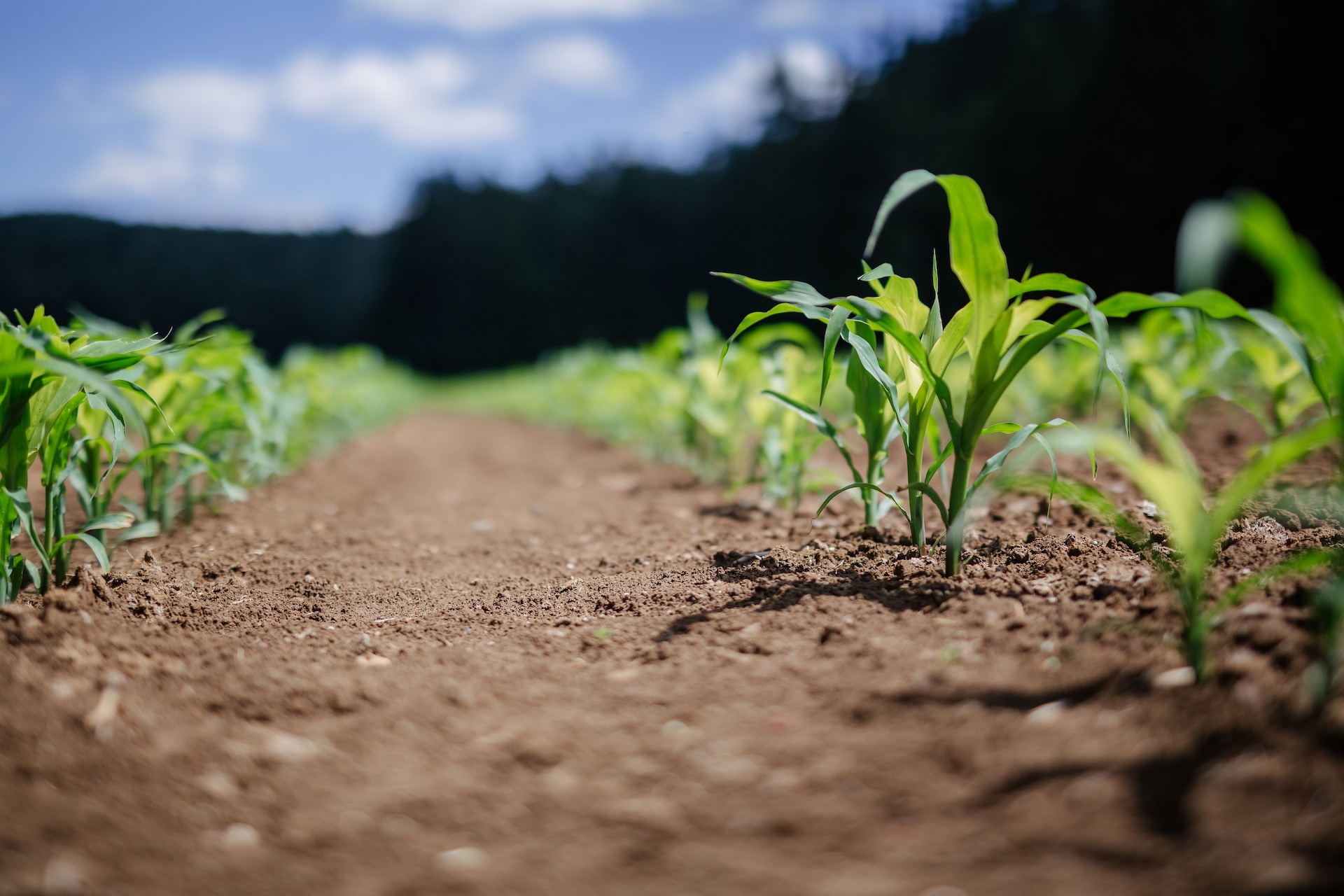Sustainable and modern agriculture are essential in creating a better farming system. So, which is better? What is the difference between sustainable and modern agriculture? Can they be combined?
The debate between sustainable vs. modern agriculture has been around for years. Proponents of both sides have valid points. Some think we must move away from industrial agriculture and return to more traditional, sustainable methods. On the other hand, we need to embrace modern agriculture to feed the world’s growing population. Both have an essential role in creating a better farming system. So, which is better? Sustainable agriculture or modern agriculture? What is the difference between sustainable and modern agriculture? Can they be combined?
What Is Sustainable Agriculture?
Sustainable agriculture is a type of farming that prioritizes growing long-term crops and livestock in an economically and environmentally balanced way. It focuses on natural resources, preserving soil fertility and biodiversity, and reducing waste and pollution. Also, it highlights the harmonious relationship between humans and the environment. Sustainable agriculture practices are all around us, and you might already use some of them daily. Here are some examples of sustainable farming practices.
Examples of Sustainable Farming Practices
Agroforestry
Agroforestry is a sustainable land use management method that integrates forestry and agriculture guidelines. It usually involves combining trees, crops, and livestock into a single system to maximize economic and environmental needs. Every region has a different agroforestry. In tropical areas, agroforestry grows with coffee or cocoa plantations. In cold places, you can integrate fruit trees with grasslands or grow wood trees with crops.
Applying Organic Pesticides
Organic pesticides are fertilizers made from natural ingredients or only plant extracts such as neem oil and pyrethrum. Pesticides are less harmful to the environment and human health. But, this fertilizer may be less effective in controlling pests and diseases, particularly for large-scale farming operations.
What Is Modern Agriculture?
Modern agriculture includes industrial and mechanical farming methods that rely heavily on fossil fuels and synthetic inputs to increase yields and meet global food demand. These technological advancements and globalization have shifted the agricultural landscape toward more significant, consolidated operations. Moreover, large-scale agriculture plantations typically adopt modern agriculture ways to decrease output and manual labor.
Modern agriculture practices are not just for extensive plantations and corporations. Farmers in developing countries use automated tractors and other modern techniques to improve their yields and provide for their communities. Some of them are well-known for being the best agricultural technology countries, although they may not be the largest exporters of crops.
Examples of Modern Farming Practices
Developing Machinery and IoT
Modern farming develops advanced machinery and IoT, which can help farmers to control and monitor every aspect of their crops, from planting to harvesting. Today’s modern farming techniques are a win-win for large and small farmers. With advanced machinery and IoT technology, farmers can easily monitor and control every aspect of their crops. Besides, many agriculture drone companies offer spraying services and training to help you get started.
Genetically Modified Crops
Biotechnology, or genetically modified crops, has generated much buzz and controversy. However, the fact remains that these crops offer significant benefits to modern agriculture. Genetically modified crops are designed to resist pests and diseases, requiring fewer pesticides and chemicals to grow. Additionally, these crops are bred to be hardier and more resilient, optimizing yields while reducing environmental damage.
Can Sustainable and Modern Agriculture Be Combined?
When it comes to modern and sustainable agriculture, we have many excellent tools at our disposal. With modern agriculture, we can use data and technology to support sustainable processes and make everything run more smoothly. We can also do it all without upsetting the delicate balance of nature.
Conclusions
Not all modern farming practices are bad for the environment, and not all sustainable farming practices are incompatible with modern technologies and techniques. The key is to balance increasing productivity and profitability while minimizing negative environmental and societal impacts. It is also a crucial discussion that will help you make informed choices about how to support agriculture that is both sustainable and effective.

